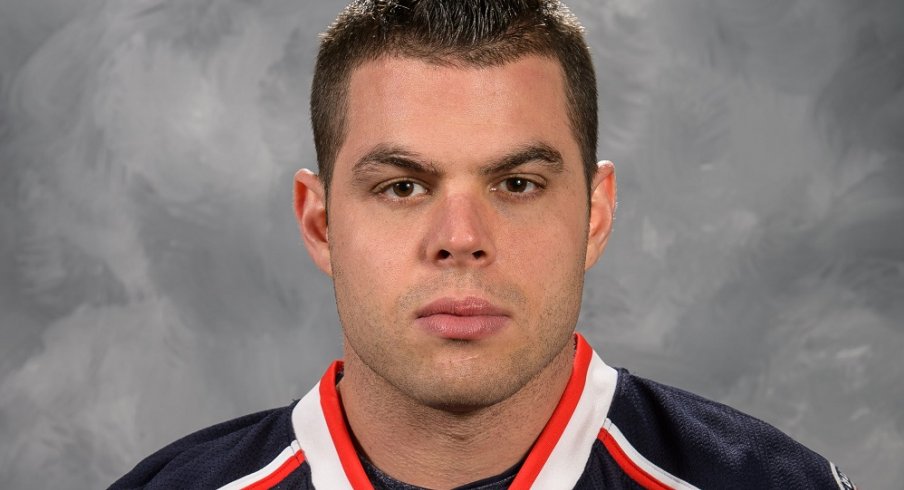Columbus Blue Jackets history is filled with moves that made sense on paper but did not work out in real life.
Signing Nathan Horton is one of them, sadly, and it was really through no true fault of anyone's doing.
One day after Independence Day in 2013, a Columbus Blue Jackets team that was seemingly teeming with potential made perhaps its biggest free agent splash ever in inking the former Boston winger to a seven-year, $37.1 million contract.
On paper, it worked in every way. With Columbus making a madcap dash to the finish the year prior, missing a playoff spot only by a tiebreaker, Horton figured to be a gritty presence up front that could score much-needed goals with 402 points in 591 career games. Added to a young core that included Brandon Dubinsky, Nick Foligno, Jack Johnson, Artem Anisimov, Cam Atkinson, David Savard, Sergei Bobrovsky, Matt Calvert and Ryan Johansen all at age 26 or younger, Horton looked like a veteran presence that solidified a playoff-ready roster. And with the memories of Jeff Carter still fresh in the minds of Blue Jackets fans, the signing showed the reputation of the Columbus organization was rehabbing quickly in the eyes of NHL stars.
All the right things were said, but truth be told, it all started unraveling quickly. Less than two weeks after the signing, Columbus announced that Horton had undergone shoulder surgery that would keep him from starting the season with the team.
| gABORIK IN COLUMBUS |
|---|
No big deal, though, and things looked fine with Columbus rallying toward a playoff spot with Horton scoring in his debut Jan. 2, 2014, in a game at Phoenix. Ten games into his Blue Jackets tenure, he had four goals and three assists and was the Nathan Horton as billed.
It wouldn't last. He didn't score again for the next month, finally getting off the schneid March 10 with a goal in a game that would soon be shortened with the cardiac episode suffered by Dallas' Rich Peverley. It would be the last goal he'd score for Columbus, as Horton suffered a groin injury down the stretch that kept him off the ice during the team's playoff run. He finished his season with five goals and 14 assists in 36 games.
Horton would never see the ice again. While training during the offseason in Florida, Horton suffered a back injury that was to keep him off the ice indefinitely. By November, it was clear what indefinite meant when he told the Columbus Dispatch it would take a "miracle" for him to return.
“I can’t stand up like a normal person; I can’t bend over,” Horton said. “I can’t run. I can’t play with my kids. To get in and out of the car, I’m like a 75-year-old man … so slow and stiff. I can’t sleep at night. I try to lay down and my back seizes up and I can’t move, so sleeping is out. I’m like a zombie in the daytime.”
Despite Horton's efforts, he never played again, done at age 29. Things got worse when it became clear the team had not insured Horton's contract, leaving the team on the hook for his full salary with no on-ice production in return. In part, this led to his February 2015 trade to Toronto, as the Jackets took on the disappointing David Clarkson in a contract-for-contract swap. Little did the Blue Jackets know Clarkson would eventually suffer his own career-ending back injury, and the team finally washed its hands of the whole thing this offseason when Clarkson was traded to Vegas in the expansion draft-themed William Karlsson swap.
Suffice it to say, this is not how it was supposed to end. Horton had come to Columbus as a legitimate power forward at the NHL level, one who had a Stanley Cup ring and was averaging almost 25 goals per 82 games in his final two seasons in Boston when he inked the deal with the Jackets.
Instead, it was a move that didn't work, and the effects were felt for years. Again, it was nobody's fault, but sometimes the things that work on paper just don't work in real life.

